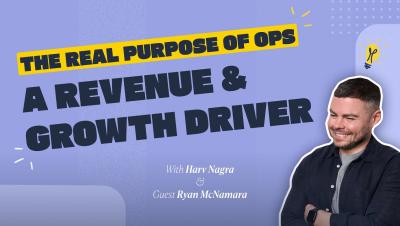Capacity Planning 101: Beginner's Guide
Capacity planning means ensuring that there is enough time, people, and specific roles to execute projects successfully. It’s a high-level process that proactively evaluates these factors over weeks or months. It influences the type and volume of work your team takes on. And it shapes hiring decisions, too. For example, deciding whether you have enough developers with experience coding in C++ to execute a potential four-month project successfully.










